Commune level is not only an administrative unit but also a professional cultural management unit.
From July 1, 2027, the two-level local government model will officially come into operation nationwide according to the Resolution of the National Assembly . This transformation marks an important reform step in the organization of the administrative apparatus, aiming to be more streamlined, effective and closer to the people.
However, in a specific field such as the preservation of intangible cultural heritage that is deeply rooted in the village community, the two-level government model is not only a change in structure, but also a repositioning of the role of the commune level: from a "coordinating unit" to an "implementing entity".
From "coordinating unit" at commune level will become "implementing entity"
That requires the commune level not only to be present in administration, but also to raise it to a new level of cultural management in a professional, methodical manner and closely linked to the community.
Bac Ninh (including two former provinces of Bac Ninh and Bac Giang ) is the province with the richest system of intangible cultural heritage in the country. Unique forms such as Quan Ho folk songs, Ca Tru, folk games, traditional festivals, traditional crafts... have been recognized by UNESCO; the Ministry of Culture, Sports and Tourism has included them in the List of National Cultural Heritage and the community honors and preserves them.
For many years, the maintenance and promotion of the value of these heritages has had an important contribution from the district-level government - which used to be the "bridge" between the province and the grassroots, and directly organized many cultural activities, teaching, festivals... When the district-level government no longer exists, the responsibility is transferred to the commune level, the level closest to the people, where the heritages are truly living.
In practice, the implementation of the two-tier model shows that some localities have proactively adapted, but also revealed many confusions. Many communes do not have enough capacity to organize independent cultural activities, lack qualified specialized staff, the budget is scattered or not clearly decentralized, the facilities for community cultural activities are limited, especially the lack of professional support teams in the conservation of intangible heritage.
This situation will lead to many intangible cultural values, although being preserved by the community, still falling into a state of "spontaneousness", lacking long-term orientation, or gradually fading away because there is no one to lead or organize them.
The current communal level cannot only do "cultural movements" as before, but needs to switch to the role of "heritage management" in a professional manner.
It is not only about organizing festivals and mass arts, but also proactively building plans to preserve local heritages, coordinating teaching to the younger generation; establishing records to manage artisans and clubs, organizing festivals and competitions, promoting communications and connecting with tourism,education and media units...
This cannot be done effectively if the commune cultural staff is still part-time, lacks professional expertise, or does not have access to modern management tools.
Need to train, foster and professionalize the team of cultural cadres at the commune level
Therefore, the urgent step now is to professionalize the team of cultural officers at the commune level. There needs to be a policy to recruit or retrain specialized cultural officers in a direction that is closely linked to local heritage practices.
Short-term training courses, training organizations, and learning from typical models need to be closely directed by the province, and at the same time, consider applying the form of rotating cultural experts from the province to support the commune according to the plan.
Delegation to the commune level
A commune with a registered heritage needs at least one person who understands that type, knows how to plan activities, propose a budget and mobilize social resources to organize implementation.
At the same time, the province needs to issue clear mechanisms and policies on decentralization of power to communes in cultural management. Communes must have the right to take the initiative in proposing and organizing the recognition of cultural titles, supporting artisans and communities in practicing heritage.
The two-tier model cannot succeed if the province still “holds” all the decision-making power, while the communes only “ask – wait – receive”. In heritage management, the closer to the people, the more effective, as long as the communes are given enough power and equipped with adequate skills.
In particular, it is necessary to promote socialized models and community self-management in heritage conservation, such as Quan Ho clubs, Ca Tru groups, folk game teams, folk artists, etc. The commune government plays the role of creating an environment, encouraging the movement, providing administrative support, not doing it for the people but "empowering" them.
These communities not only help preserve traditional skills and knowledge, but also create cultural vitality from daily life, not depending on major events to perform. If encouraged and well connected, these groups can also become partners with schools, tourism agencies, or even create a livelihood from the heritage they preserve.
On the province side, it is necessary to play an active “midwife” role: building a system of professional guidance, providing digital data on heritage, organizing training, connecting communes with similar types of heritage to form a network of learning and mutual support.
Provincial cultural centers or provincial museums, if properly invested, can become an “extended arm” for communes in implementing conservation tasks, especially for communes with many difficulties. The province also needs to have a set of criteria to evaluate “exemplary communes in heritage conservation”, considering this as a criterion in considering advanced new rural communes, thereby promoting competition and spreading good values.
There can be no sustainable heritage conservation without community actors and proper leadership from local authorities. In the context of two-level government operations that have become a reality, the question is not “does the commune have enough capacity?”, but “what will we do to help the commune have enough capacity?”.
Commune authorities, if professionalized, empowered and accompanied at the right time, can completely become a sustainable nucleus in the cause of preserving, conserving and promoting intangible cultural heritage in the locality.
Source: https://baovanhoa.vn/van-hoa/bao-ton-di-san-van-hoa-phi-vat-the-trong-boi-canh-van-hanh-chinh-quyen-2-cap-147332.html


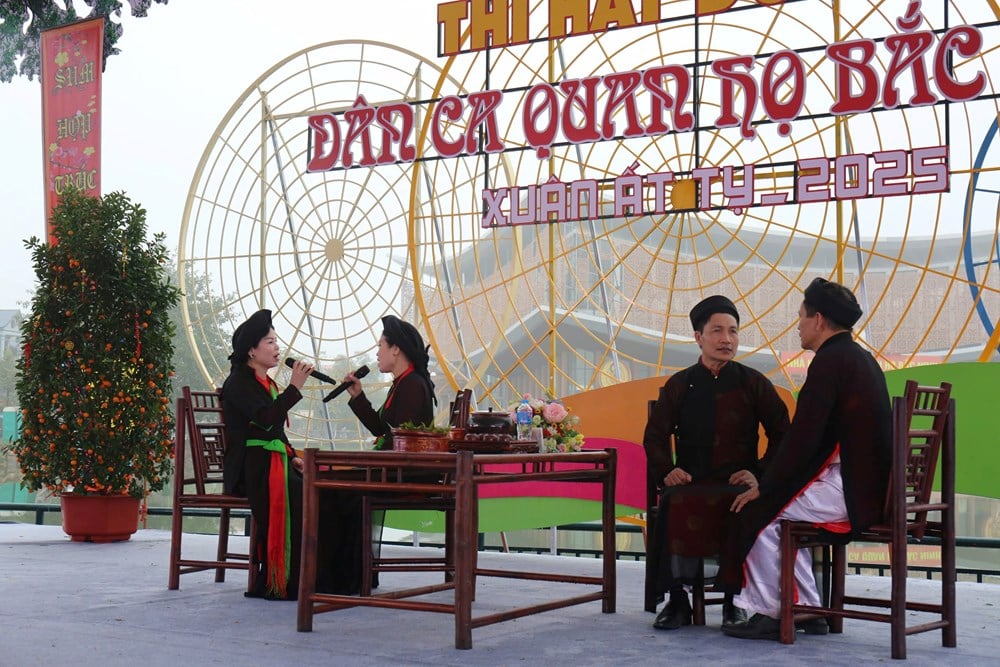
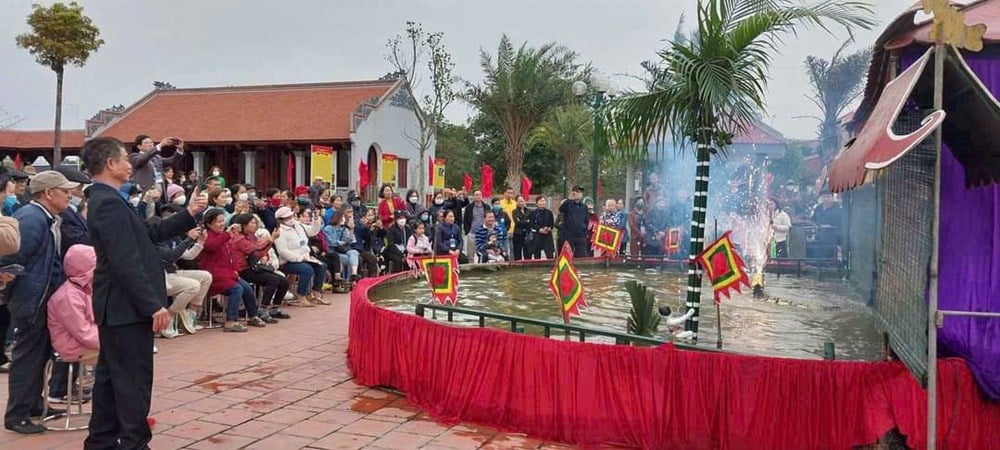
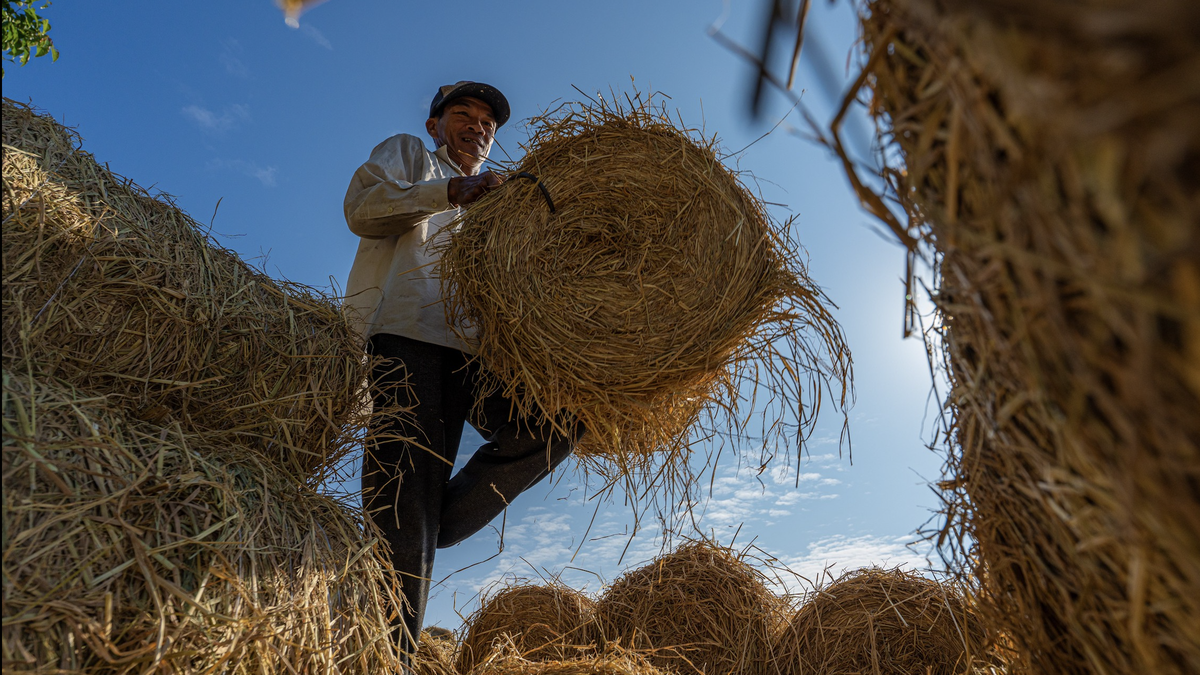

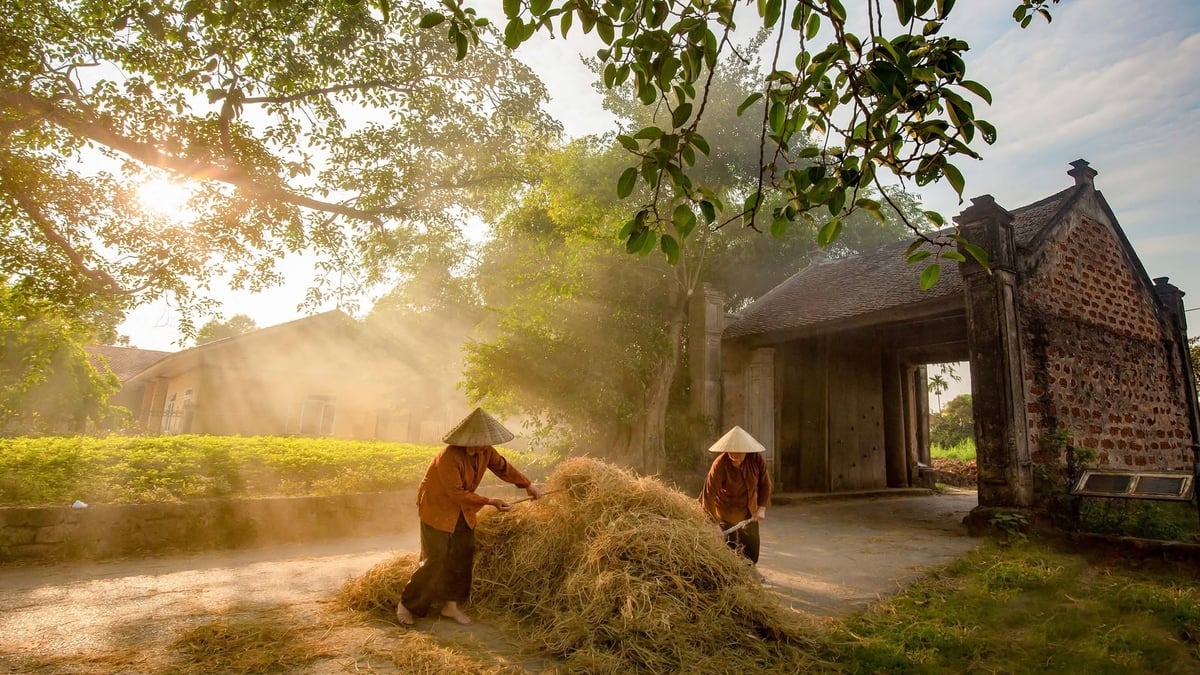
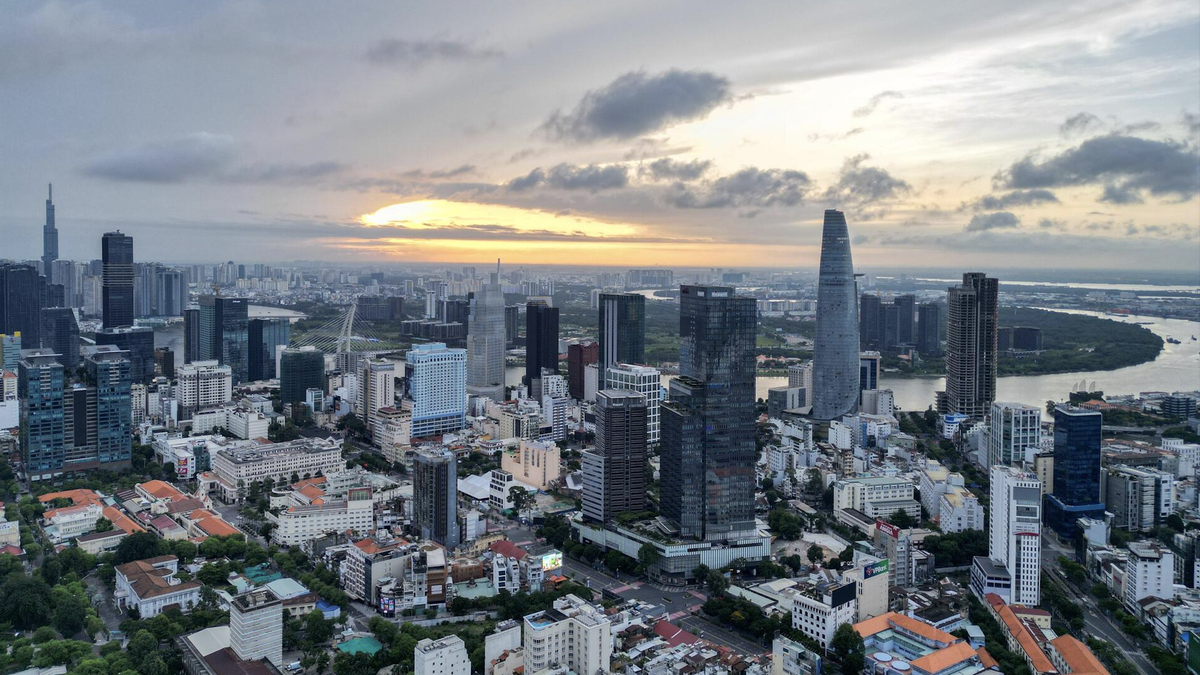

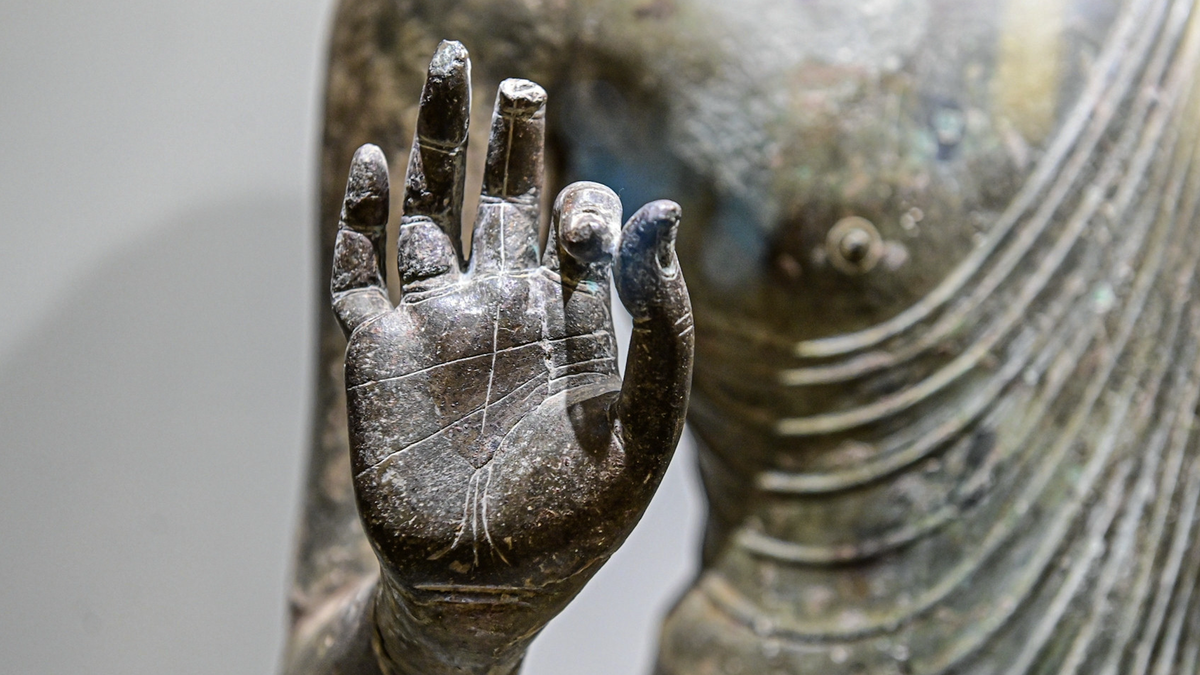


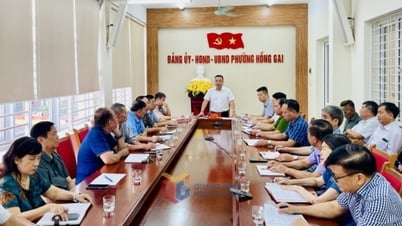

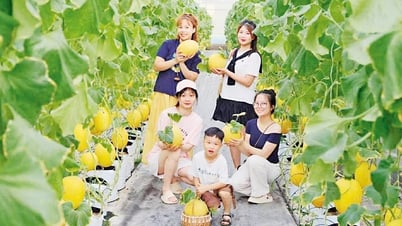
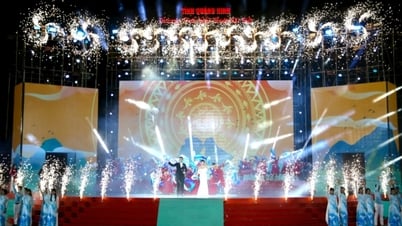
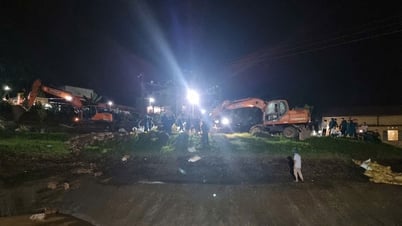


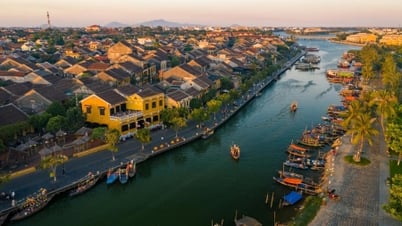

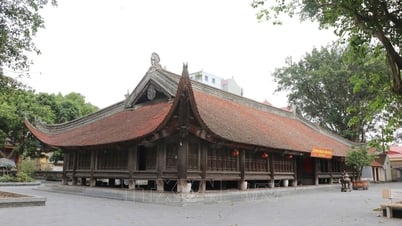

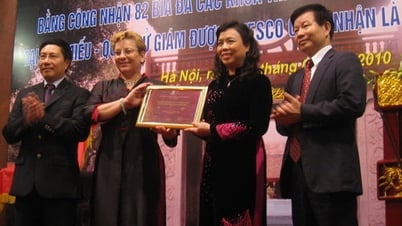

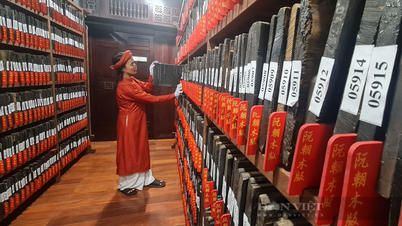



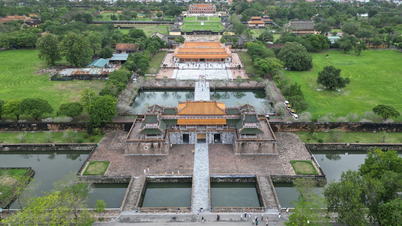





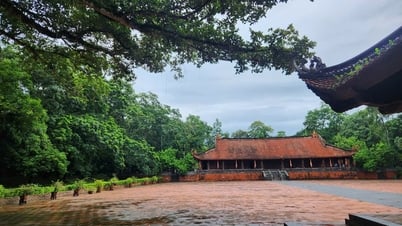


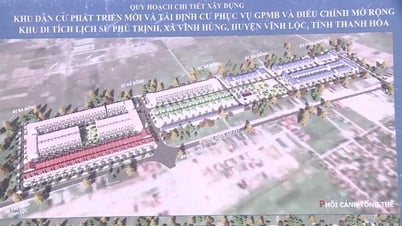
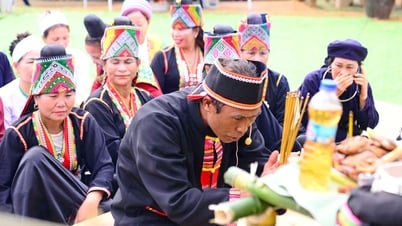
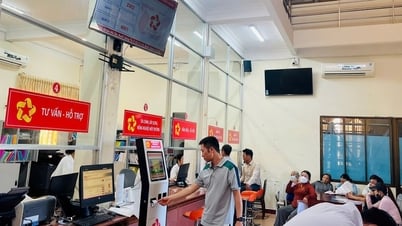
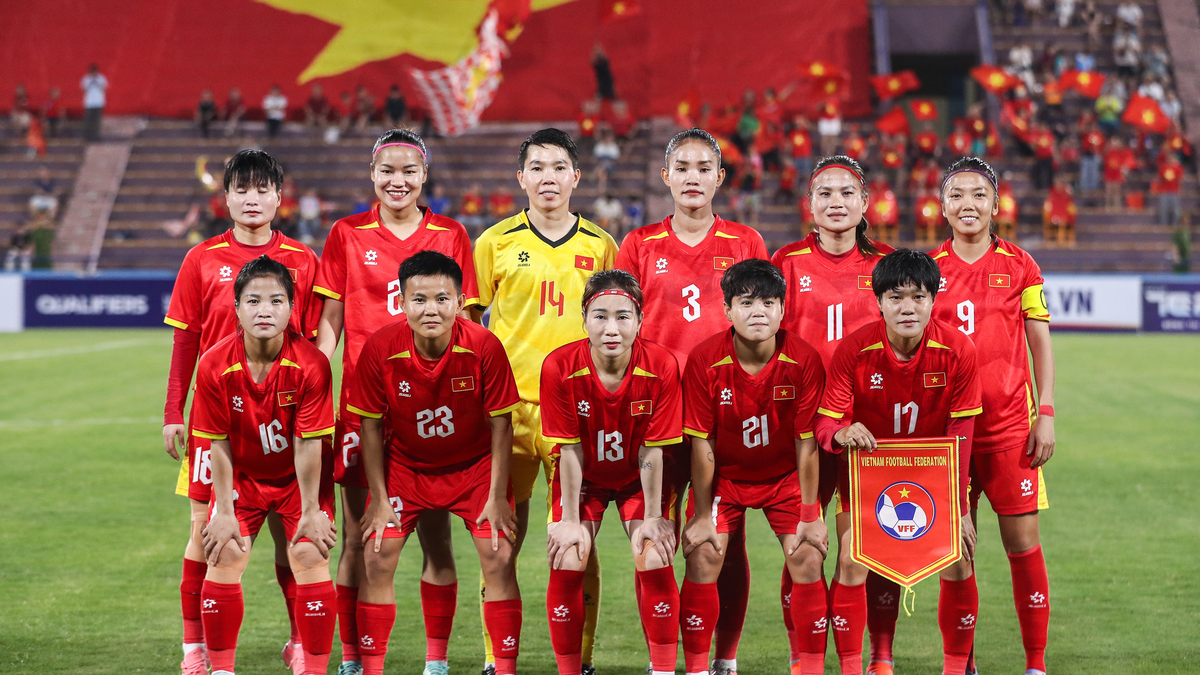





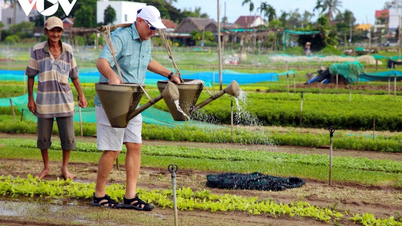

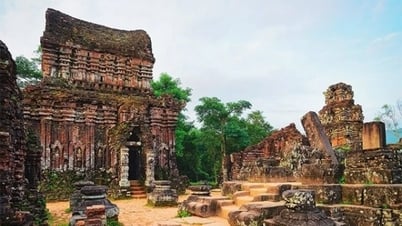


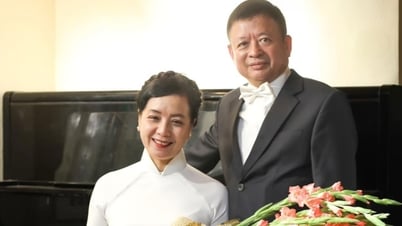


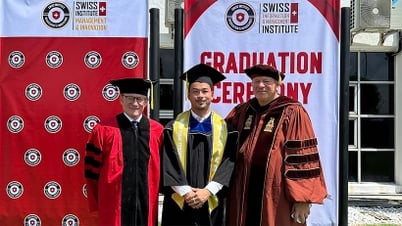









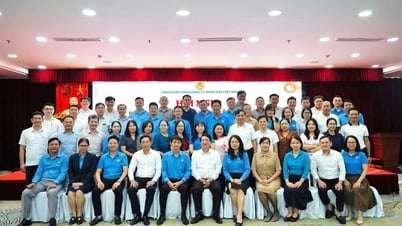
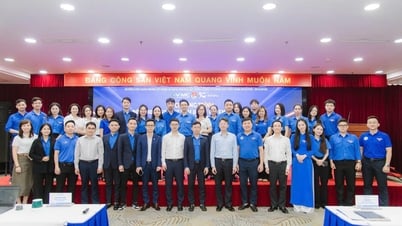
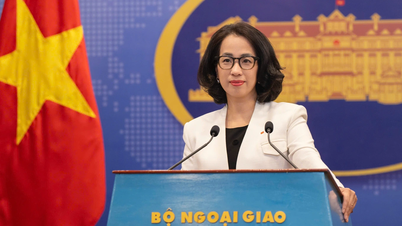

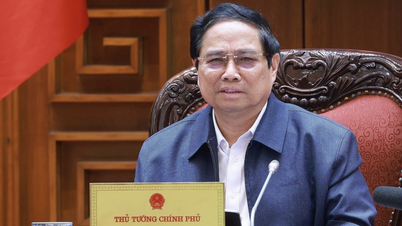








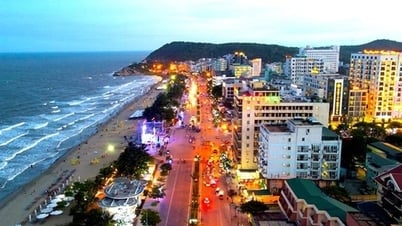
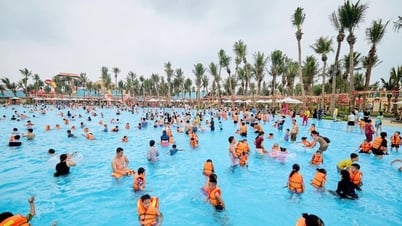

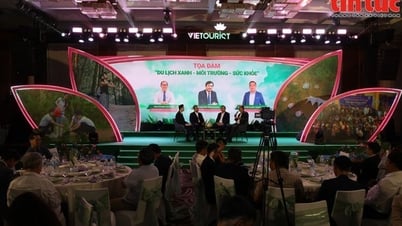
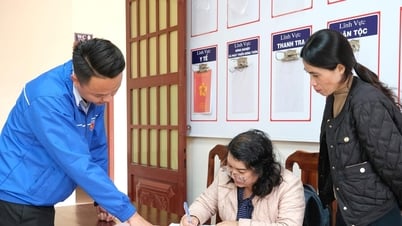

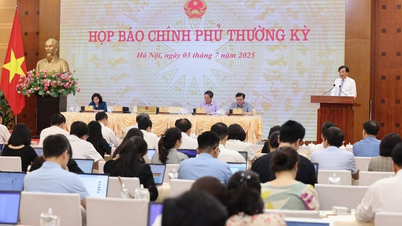

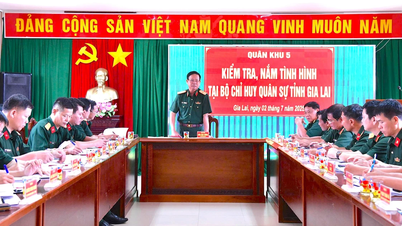

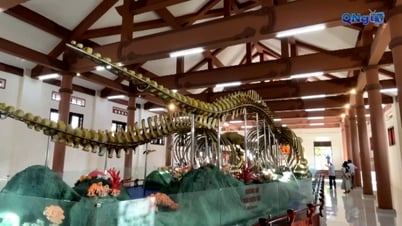

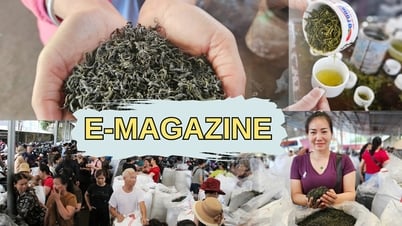



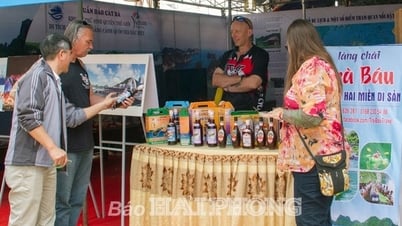



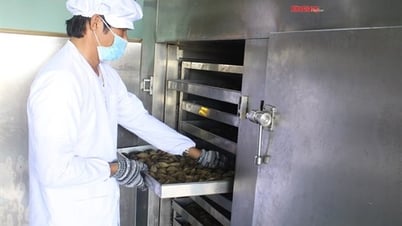

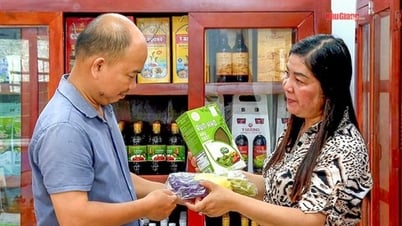
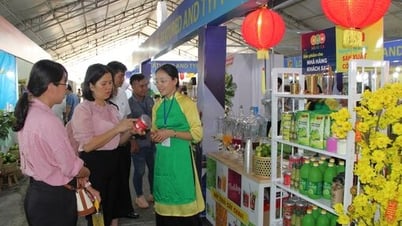




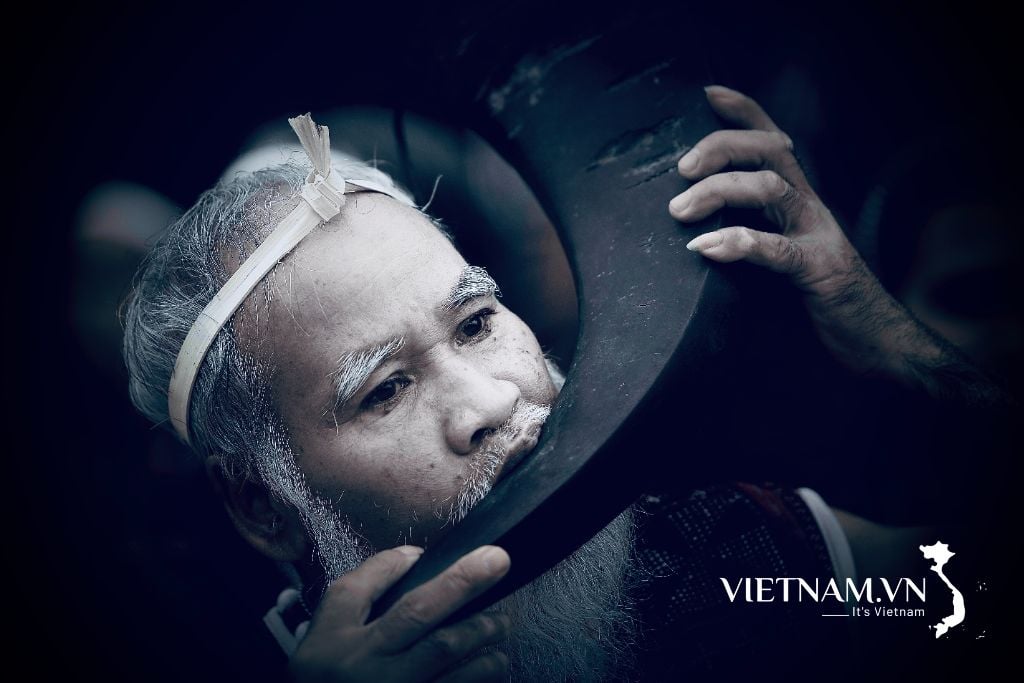
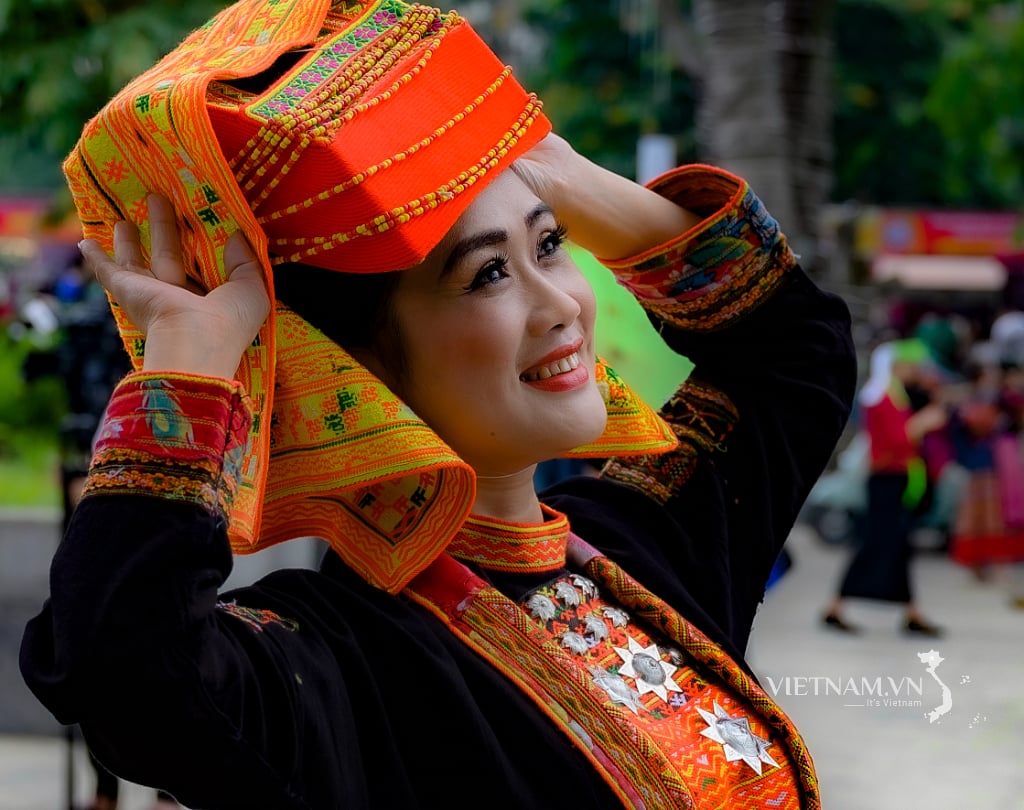
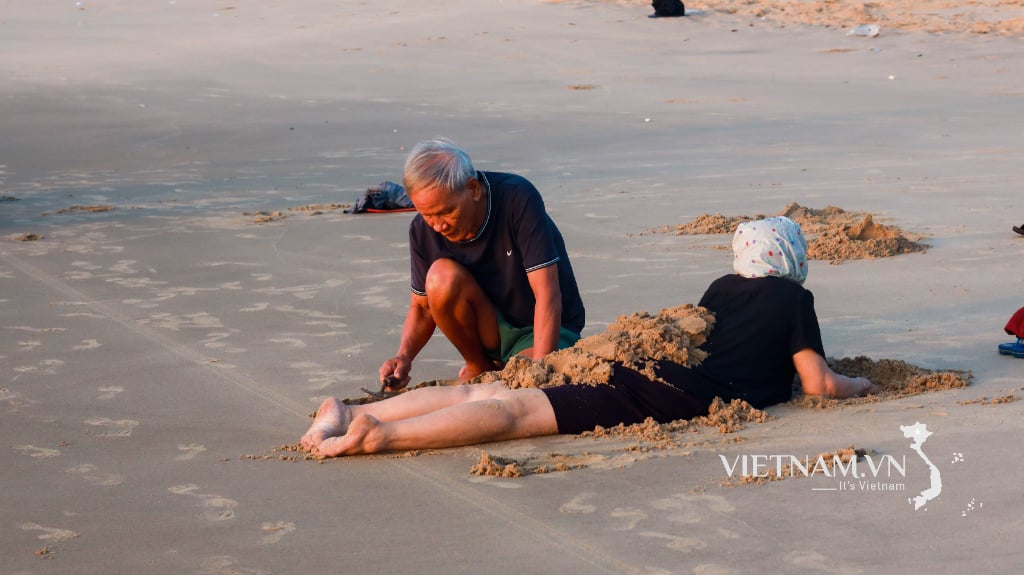
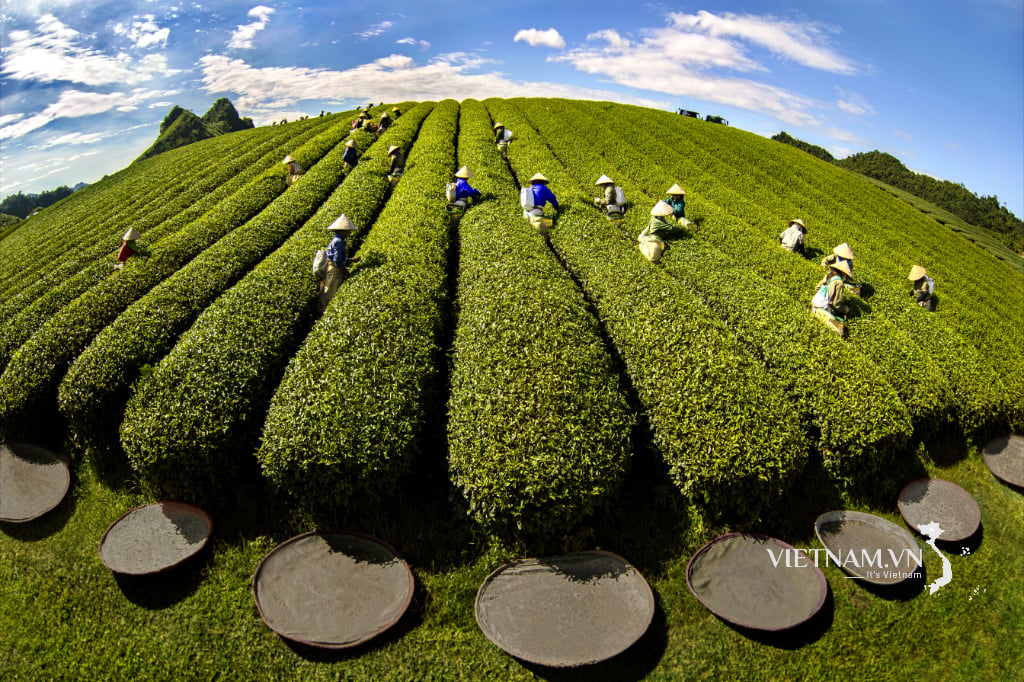
Comment (0)